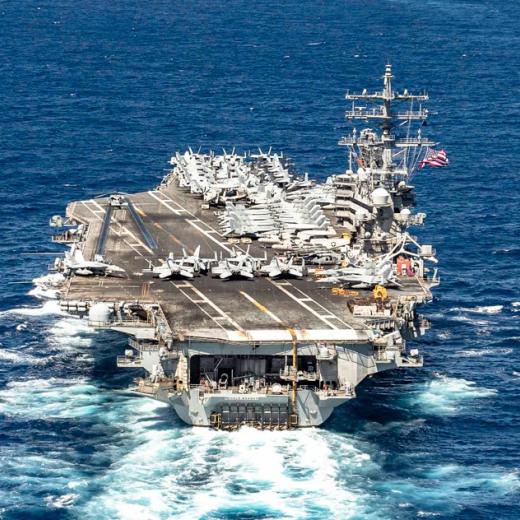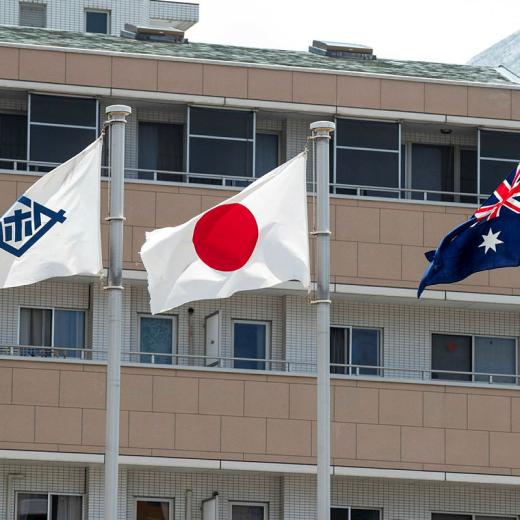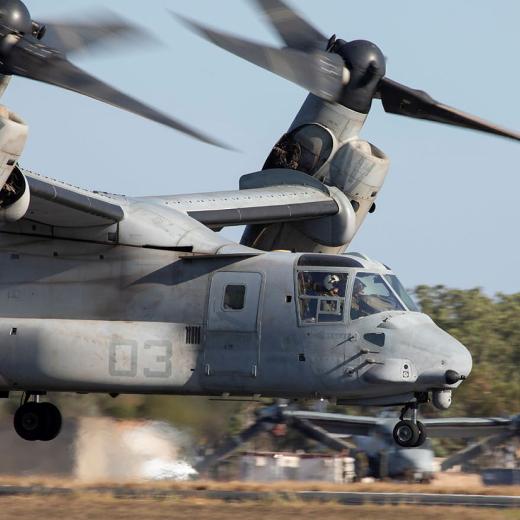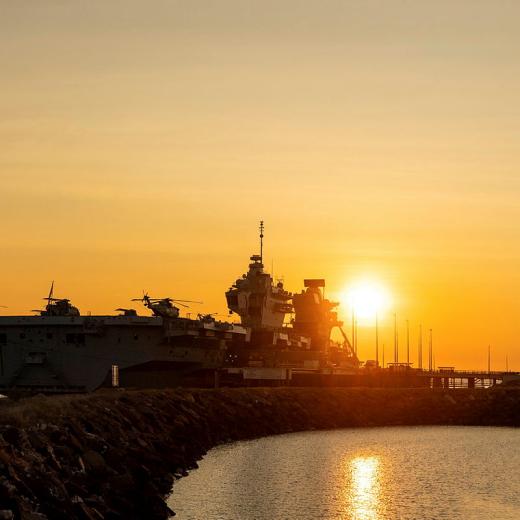BLUF
This article outlines nine important land battles, and one sea battle from WW1, and two and discusses what made these battles important. However, important to remember that such a list cannot be regarded as definitive and is purely based on the writer's opinion. For example, another writer might include battles such as the Battle of Britain, Jutland, Verdun, Battle of the Atlantic and the allied bombing campaigns against Germany and Japan.Summary
10. Moscow –WW2- Oct 1941 to Jan 1942.
- Capturing Moscow was the main aim of the Nazi invasion of the Soviet Union.
- Axis casualties were somewhere from 170,000 to 400,000.
- Soviet, perhaps 400,000.
- Moscow is now often referred to as a "Hero City".
9. Kursk – WW2 -Jul to Aug 1943.
- Largest tank battle ever.
- Around 6,000 tanks, 2,000,000 troops and 4,000 aircraft involved.
- Losses; Axis around 200,000 and Soviets 250,000.
- Germans pushed back.
8. Verdun - WW I- Feb to Dec 1916.
- Largest and longest in WW1.
- Desertions on both sides.
- "Shell shock" is common.
- Losses; around 377,231 French and 337,000 German.
7. D-Day – WW2-Jun 1944.
- 24,000 Allied troops invaded occupied Normandy.
- Largest invading force by sea in history.
- Five sectors codenamed Gold, Juno, Omaha, Sword, and Utah.
- Allied casualties were around 10,000 and Axis between 4,000 and 9,000.
- The first stage in forcing Germany to an unconditional surrender.
6. Marne – WWI-Sep 1914.
- 1.1 million French and British troops.
- 1.5 million German Empire troops.
- This battle +ended with the Germans and the allies digging into a line of trenches across Europe.
5. Operation Barbarossa – WW2-Jun 1941.
- Nazi Germany broke its treaty with the Soviet Union and launched an invasion that surprised Stalin—the Soviet Leader.
- German forces are unprepared for the harsh Russian winter.
- Casualties - German over 1 million, Soviets almost 5 million.
- Major WW2 turning point.
4. Somme - WW I-Jul to Nov 1916.
- British lose almost 60,000 troops on the first day.
- Casualties -Allies 650,000 troops and the German Empire approximately 480,000.
- Inconclusive outcome - epitomises horrific trench warfare.
3. Gallipoli - WW I - 25 Apr 1915 to 9 Jan 1916.
2. Midway – WW2 -4 to 7 Jun 1942.
1. Stalingrad- WW2- Aug 1942 to Feb 1943.
- Crucial in determining the outcome of WW 2.
- Germany wanted to take Stalingrad, giving them access to Russian oil fields.
- The German ArmyArmy was cut-off and could not retreat.
- German ArmyArmy was forced to surrender.
- Casualties—Germans 730,000, Soviets 1.1 million.
References
- MILITARY HISTORY: INDEX of PAGES AND COLLECTIONS ON THE RAAF RUNWAY
- JUN 1917 The Battle of Verdun-the Atlantic
- What You Need To Know About The Battle Of Stalingrad-IWM
- MAR 2022 Australians on the Somme 1916 to 1917-ANZAC Portal
- Operation Barbarossa: A Deadly Turning Point in WWII-Smithsonian Associates





